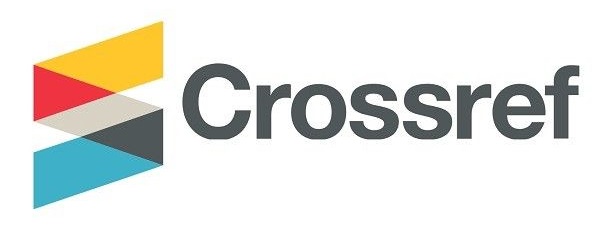Granular Access Control for the Perpetually Expanding Internet of Things: A Deep Dive into Implementing Role-Based Access Control (RBAC) for Enhanced Device Security and Privacy
Keywords:
Internet of Things (IoT), Role-Based Access Control (RBAC), Access ControlAbstract
The burgeoning Internet of Things (IoT) landscape, characterized by its exponential growth and the ubiquitous integration of smart devices, necessitates the development of robust security frameworks to effectively mitigate unauthorized access and data breaches. Role-Based Access Control (RBAC), a well-established security paradigm, presents itself as a compelling approach for meticulously managing access privileges within this ever-evolving ecosystem. This scholarly paper meticulously dissects the intricate details of implementing RBAC for IoT devices, providing a comprehensive analysis of design considerations and potential ramifications.
We embark on a profound exploration of the core tenets of RBAC, including the definition and establishment of roles, the delineation of granular permissions associated with each role, and the meticulous assignment of users (or, in the context of IoT, devices) to specific roles. This rigorous process ensures that only authorized entities possess the requisite privileges to interact with sensitive data and perform critical operations on IoT devices. By adhering to the principle of least privilege, RBAC inherently bolsters the security posture of IoT deployments.
Furthermore, the paper delves into a rigorous analysis of the challenges associated with RBAC implementation in the context of IoT devices. These challenges stem from the inherent characteristics of IoT devices, such as their often-limited processing power, constrained secure storage capacity, and the inherently dynamic nature of device interactions. Traditional RBAC models, designed for resource-rich computing environments, may not seamlessly translate to the resource-constrained realm of IoT.
To effectively address these hurdles, we propose a multi-faceted solution that incorporates several key elements. Firstly, we advocate for the adoption of lightweight RBAC models specifically tailored to the limitations of IoT devices. These models prioritize essential functionalities while minimizing computational overhead. Secondly, we posit the strategic integration of Attribute-Based Access Control (ABAC) as a complementary mechanism. ABAC leverages dynamic attributes, such as device type, location, and current activity, to grant access permissions in a highly granular and context-aware manner. This synergistic approach significantly enhances the adaptability and robustness of access control in the dynamic IoT environment.
Additionally, the paper ventures into investigating real-world applications of RBAC in practical IoT deployments. We explore its efficacy in securing smart home environments, where a multitude of devices interact and require differentiated access controls. For instance, a smart lock may grant full access to authorized homeowners but restrict functionality for visiting guests. In the realm of industrial automation, RBAC plays a pivotal role in safeguarding critical infrastructure by ensuring that only authorized personnel possess the necessary privileges to control industrial equipment and access sensitive operational data. Furthermore, the burgeoning field of connected healthcare stands to benefit immensely from the implementation of RBAC. By meticulously controlling access to patient medical records and ensuring only authorized medical professionals possess the requisite permissions, RBAC safeguards patient privacy and fosters trust in the healthcare IoT ecosystem.
Downloads
Downloads
Published
Issue
Section
Categories
License
Copyright (c) 2018 Mahammad Shaik, Ashok Kumar Reddy Sadhu, Giridhar Reddy Bojja, Srinivasan Venkataramanan

This work is licensed under a Creative Commons Attribution 4.0 International License.











